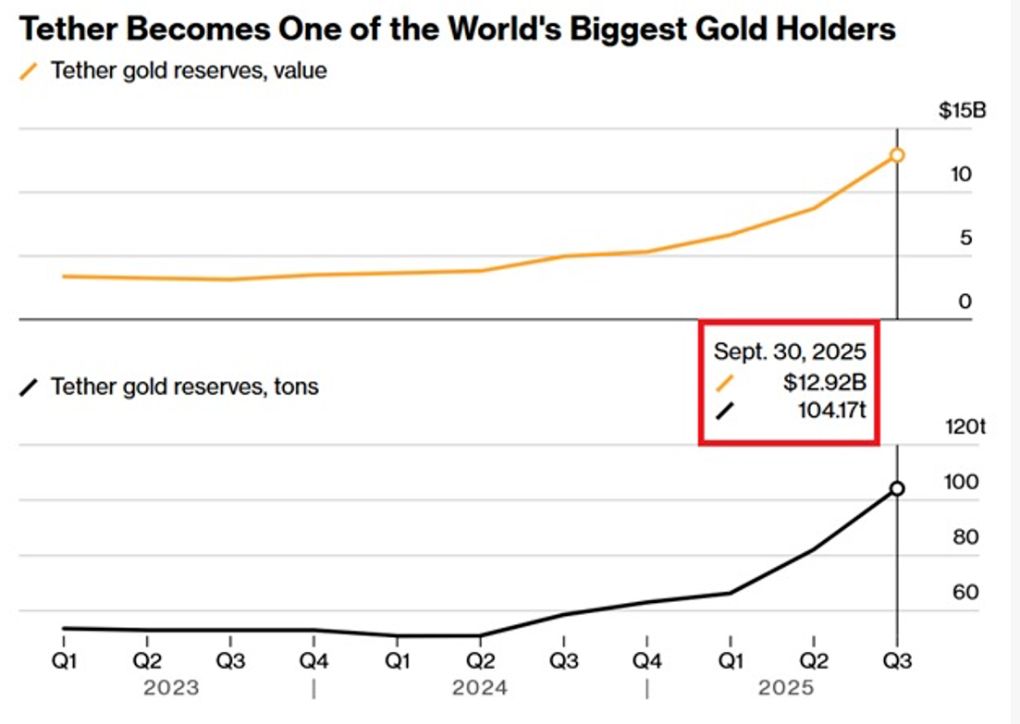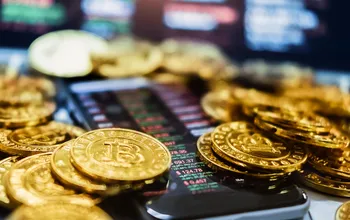In recent months, the conversation around fiat currency debasement, the gradual erosion of a currency’s purchasing power, has resurfaced across global markets, including crypto.
As central banks hint at rate cuts and governments expand deficit spending, investors are once again questioning the real value of the U.S. dollar, the backbone of global finance and the benchmark for most stablecoins.
What Is Currency Debasement?
The term debasement originally described the practice of reducing the precious metal content in coins to issue more currency without increasing real value.
Sponsored
Today, it describes the dilution of money’s purchasing power through excessive money creation or government borrowing.
When governments borrow heavily and central banks inject liquidity to sustain economic growth, more money chases the same amount of goods and assets, leading to inflation and, over time, a weaker currency.
Why Investors Are Talking About Dollar Risk
The renewed focus on debasement comes as major central banks, led by the U.S. Federal Reserve, signal potential rate cuts despite inflation remaining above target.
Meanwhile, federal budget deficits keep widening, forcing the government to issue more debt and effectively monetize spending through bond markets. Such policies undermine confidence in the fiat currencies as a long-term store of value.
A weakening dollar effectively eases the real burden of outstanding national debt, making it easier for the government to manage.
For individual investors, this has sparked a shift toward the “debasement trade”. Simply speaking, they are shifting capital from fiat-denominated assets into scarce, hard assets like gold, Bitcoin, and real estate.
Markets Signal Growing Dollar Weakness
It’s not just the U.S. dollar that is losing value. Other fiat currencies, including the euro and Japanese yen, are also weakening.
Against gold, these currencies buy progressively less. Economist Fabian Wintersberger notes that their purchasing power relative to gold declined sharply in September 2025.
Meanwhile, gold prices reached historic highs, surpassing $4,120 per ounce by mid-October as investors priced in the risk of fiat currency weakening.
Since 2018, both stocks and gold have risen in dollar terms, but economist Charles Gave argues that this is a monetary illusion caused by U.S. dollar debasement.
Assets themselves haven’t gained real value. The dollar has simply become weaker, making portfolios look bigger while purchasing power remains largely unchanged.
The ‘debasement trade” has been happening for years, but most investors still aren’t paying attention, says market analyst Phil Rosen.
According to him, in dollars, US assets are peaking, but in gold and Bitcoin, their value has drastically plummeted.
Crypto Faces Dollar Debasement Risk
The crypto market, where most stablecoins, including the major ones USDC and USDT, are pegged to the U.S. dollar, cannot ignore the implications of dollar debasement.
If fiat loses value over time, the trust foundation of stablecoins, and by extension much of the crypto economy, becomes vulnerable.
Increased dollar debasement may encourage a gradual shift toward non-USD stable assets, such as gold-backed or decentralized, over-collateralized stablecoins like DAI, which use crypto collateral instead of fiat reserves.
At the same time, the appeal of scarce crypto assets like Bitcoin is likely to increase dramatically as investors seek protection against fiat depreciation.
Why This Matters
The weakening of fiat currencies directly affects investors’ real wealth, the stability of stablecoins, and the broader allocation of capital across traditional and crypto markets.
Discover DailyCoin’s top crypto currency news:
Stellar’s (XLM) Bull “Waking From Nap”, Says Peter Brandt
XRP Price Bounces After $19B Wipe-out Rattles Markets
People Also Ask:
The debasement trade refers to investors shifting capital away from fiat-denominated assets into scarce or hard assets like gold, Bitcoin, and real estate, to protect themselves from currency debasement—the erosion of purchasing power caused by excessive money creation or government borrowing.
Central banks, led by the U.S. Federal Reserve, are hinting at rate cuts while inflation remains above target, and governments are increasing budget deficits. This combination raises concerns about the long-term value of the U.S. dollar and other fiat currencies, triggering investor interest in the debasement trade.
Most stablecoins, including USDC and USDT, are pegged to the U.S. dollar. As the dollar weakens, the trust and value of these stablecoins may be impacted. At the same time, scarce crypto assets like Bitcoin may gain demand as protection against fiat depreciation.



